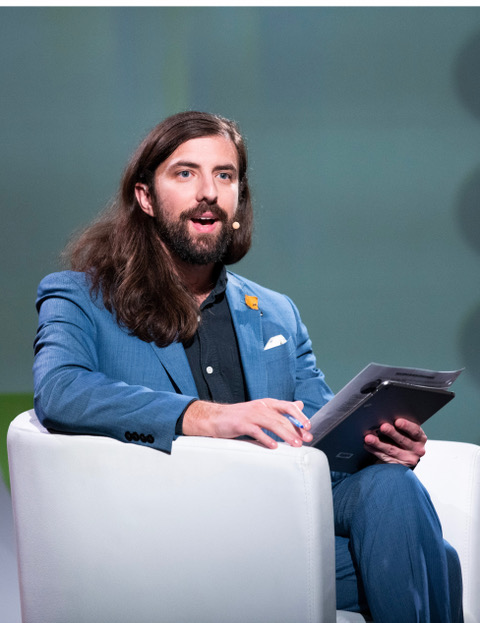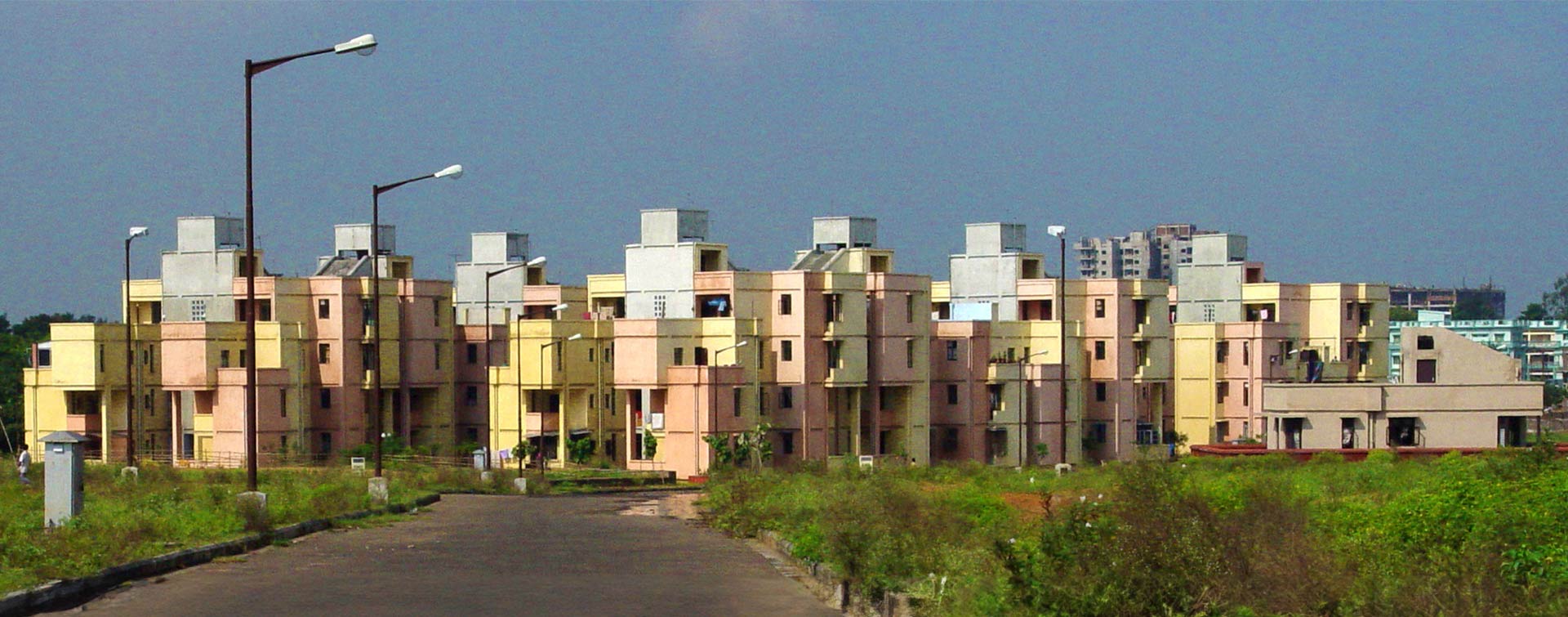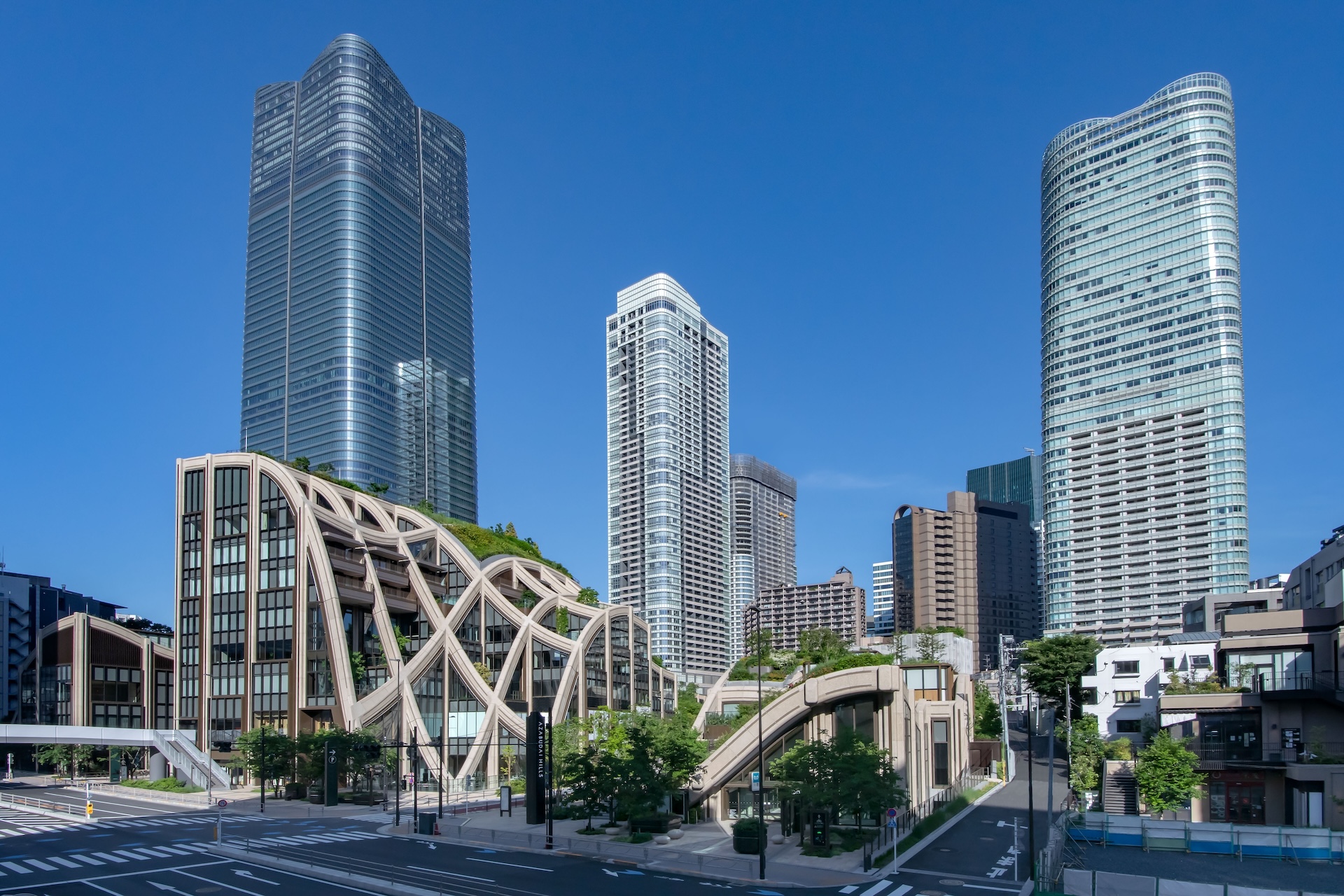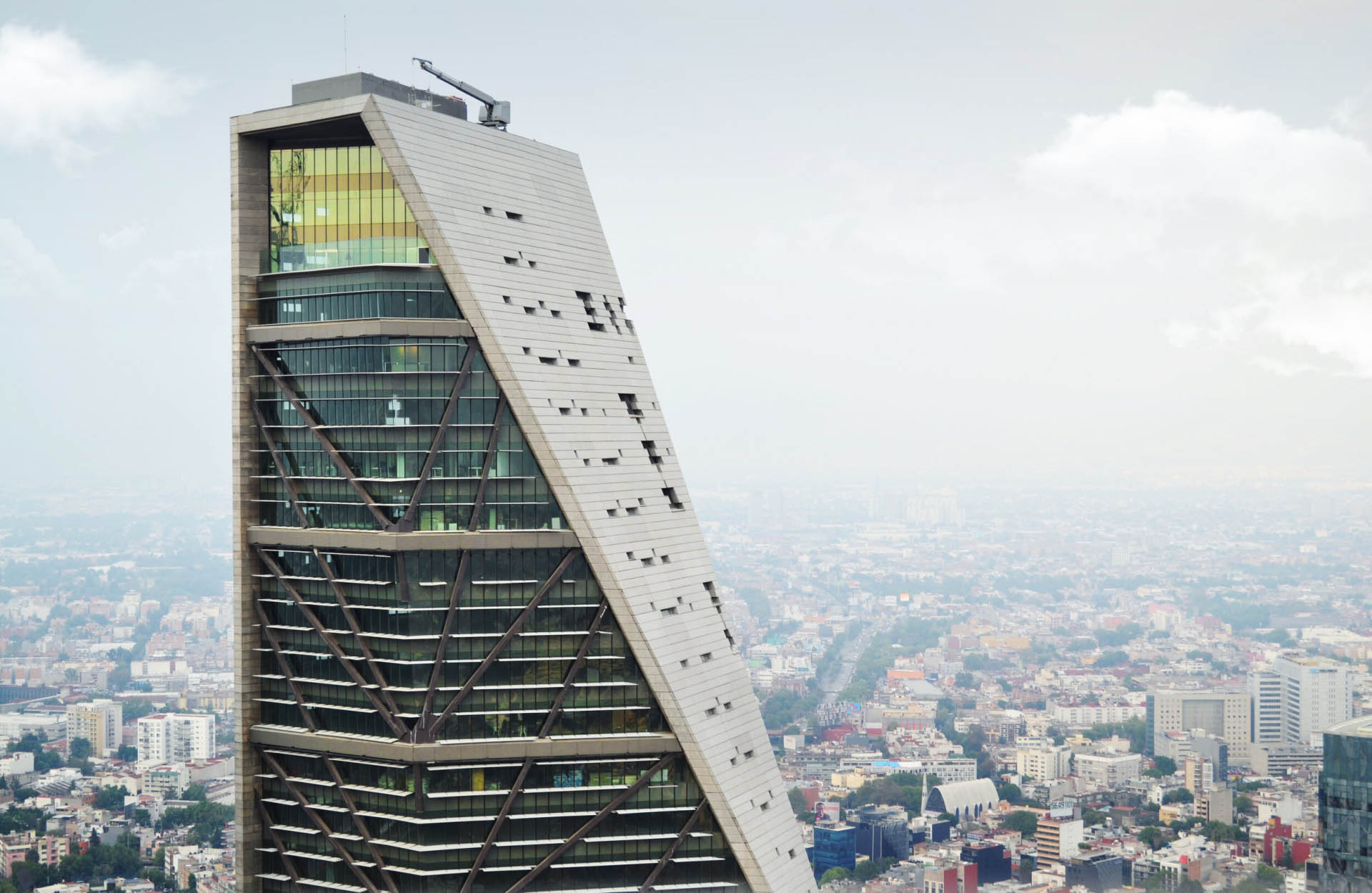 5 min
5 min
Vancouver has become an exemplary sustainable city. How do you explain this success?
George Benson : I see three key reasons. A very strong connection with nature, which all Vancouverites maintain, from indigenous peoples to the settlers who arrived more recently. Also, the ability to adapt to the shift from an economy based on natural resources — affected by the decline in the forestry industry — to an Eldorado of eco-urban tourism, high-tech, and the green economy. Last but not least, political agreement about the vital actions in terms of sustainable development and the climate challenge. Almost 15 years ago, a British Columbia government created the first carbon tax in North America. This decision reflects the level of acceptability in society and the broad support for a political vision, which has grown stronger over time.
FURTHER READING: HOW CAN CITIES BE MADE MORE RESILIENT?
How have you taken part in this adventure?
G. B. : It all began with the Greenest City 2020 Action Plan, a challenge initiated by the mayor at the time, Gregor Robertson, to make Vancouver the greenest city in the world in which to live, work, and play within the space of a decade. I joined VEC to participate in the work of designing programs for cleantech companies (designing products and solutions aiming to reduce environmental impact) and promoting green jobs. It goes without saying that these kinds of jobs can be found in cleantech, as well as sectors such as sustainable buildings, local food production, waste, infrastructure, soil remediation, clean water, etc. Incidentally, Vancouver is the first city in the world to have developed a method for taking an inventory of green jobs on a local level. As the Greenest City 2020 Action Plan has now wrapped up, my team and I are concentrating on the next phase and supervising Vancouver’s Zero Emissions Economic Transition Action Plan (ZEETAP).
Out of all the outcomes of the GCAP 2020 Action Plan, which are you proudest of?
G. B. : Above all, the outcomes associated with the plan’s economic aims, which looked to double the number of green jobs. With an 87% rise within a decade, the results exceeded our expectations. As far as we know, no other city in the world has seen this kind of growth. Another of these aims was targeting an increase in the number of companies involved in a sustainable development process. Their number quadrupled (from 5% to over 20%). These eco-friendlier companies are largely found in building construction, with the goal of reducing their carbon footprint and energy consumption. Their efforts include sustainably managing materials, promoting recycling, urban agriculture, etc. Other sectors, such as transport, textiles, software production, etc., are also getting involved. However, regulations and political will alone do not explain this success. There is also the realization by companies themselves of the pressing need to carry out this type of action. This makes our job easier, as we don’t have to convince business leaders, simply ask them how we can help them.
How would you describe Vancouver’s economic situation and the main impacts associated with the green economy?
G. B. : On a macroeconomic scale, in light of the continued increase in GDP, the situation seems very positive, despite the ongoing inequalities and housing crisis. We take this extremely seriously. One of our commitments is economic inclusion for all. It is true that our unemployment rate is very low and the figures are good as a whole, but we hope to achieve even more sustainable and inclusive prosperity. As for the green economy, it goes beyond the question of innovation and is exemplified by very practical and simple actions such as repair. We therefore want to see more businesses like shoe repair stores in the city. We also want the inhabitants to be able to buy local produce, so accessible urban agriculture has been put in place. Innovation teamed with everyday behaviors forms the basis of the green economy.
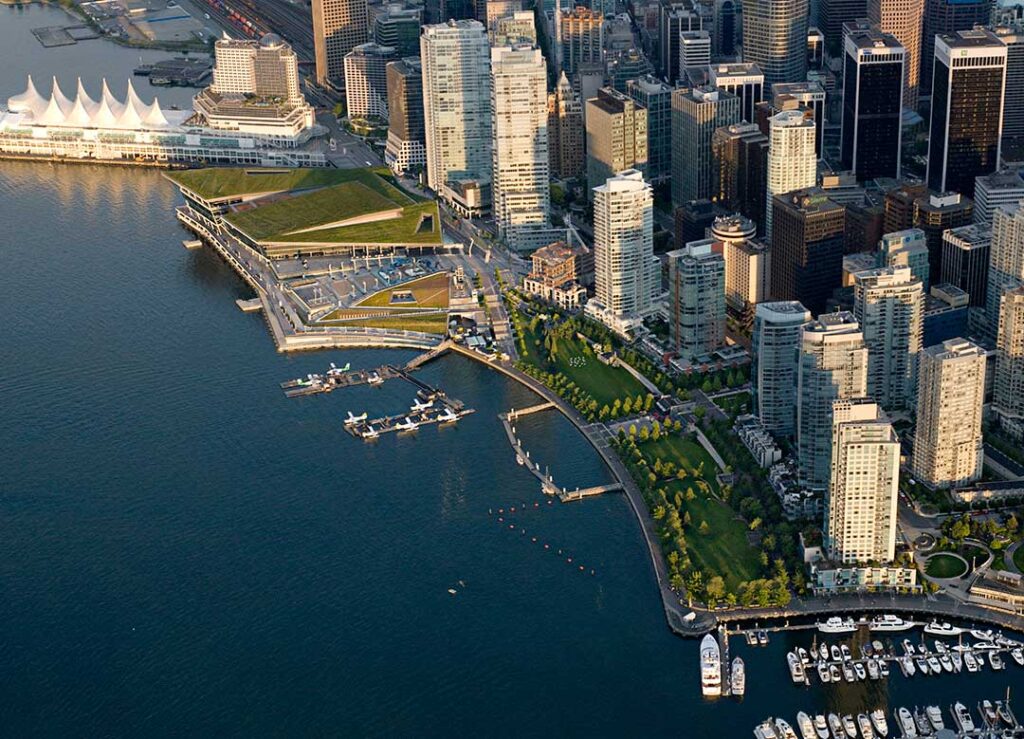
Has GCAP 2020 proved profitable?
G. B. : I would say yes overall. If you look at the figures for carbon’s social cost — between 180 and 500 Canadian dollars per ton (between approximately 125 and 340 euros), these different types of pollution have a huge financial impact. Decreasing the heating and air conditioning needs in buildings stems from improving their efficiency and therefore lowering their running costs. We have also noted positive effects on health. Vancouver is the only North American city with such a high rate of soft mobility (walking, cycling) and public transport use, which represent more than 54% of travel in the city. As a corollary, our goods can circulate more freely without getting stuck in traffic. The economic efficiency of our transport system and sustainable mobility program is proven. As the impacts of climate change worsen, we will appreciate the value of investment even more.
How has GCAP 2020 allowed you to alleviate problems of pollution and greenhouse gases?
G. B. : Vancouver’s greenhouse gas (GHG) emissions have dropped by 10% compared to 2007’s baseline that we had established. They are probably the lowest in the country and among the smallest per inhabitant in North America. Despite this positive picture, we know that there is room for improvement. Our aim is to halve them by 2030. Of course, this represents a kind of pressure, but on the other hand we are currently feeling the full force of the effects of climate change. Vancouver and British Columbia recently suffered from a series of forest fires and flooding. For this reason, the political agreement that drives us all is spurring us to keep up and even accelerate our efforts.
How do things stand with sustainable construction?
G. B. : I think that it is one of the most exciting fields. Vancouver is racking up awards for its innovative construction projects. However, we haven’t quite reached the set target, namely guaranteeing the carbon neutrality of all buildings built from 2020 onward. Nonetheless, we have observed an 81% reduction in emissions, so we can confirm that all the buildings built in the future will be carbon neutral.
This leaves the older building stock, for which we have recently adopted several regulations that impose an emissions measurement system, recognized by the awarding of environmental performance certificates. We will shortly have a process for ensuring effective emission reductions, including the use of fines as a last resort. I’m sure that this won’t be necessary, given the real consensus about carbon’s social, health, and financial cost.
What is your vision of urban ecology for the years to come?
G. B. : It is holistic. If we were to take only GDP and GHG emissions into account, we would miss out on biodiversity, residents’ health, and other economic indicators. In this respect, GDP per gigajoule of energy used illustrates how we can envisage our economy’s overall efficiency. What is its energy intensity? Is it efficient in the way it uses energy to produce wealth? A host of questions that deserve in-depth consideration. Secondly, its implementation must be done in partnership. It should involve the whole of society and not rely on the goodwill of a few progressives. This approach is embodied in the work done concerning green buildings. The city of Vancouver has set targets in close collaboration with the industry, with a view to moving forward together and collectively solving each problem. By way of example, we are dialoguing with the government, industry, regulators, and trade unions about the electrification of heavy plant machinery.
Do you think that Vancouver’s sustainable model can be reproduced?
G. B. : Yes, I think so. We must all concern ourselves about our water, our air, our energy, our buildings, our modes of travel, and our lifestyle. Of course, all these elements are specific. But I believe that the model of setting bold targets and precisely measuring them is replicable. We have been transparent about our successes and failures. Without necessarily drawing up a plan like Vancouver did, other cities could take inspiration from our approach and measures, such as our sustainable building code. The principle of sharing is also exciting, extremely powerful, and useful.
Are some of the actions carried out specific to cities similar to Vancouver?
G. B. : Copenhagen is a good example in terms of embodied carbon and working on the circular economy. The city of New York, with its construction codes, has local legislation presenting many similarities with some of the work that we are carrying out on our existing buildings. Los Angeles is taking a very similar approach to green jobs as VEC. I would also mention Seattle and Portland in the United States, along with Yokohama in Japan, which is very much at the cutting edge, particularly in terms of sustainable maritime transport.
You are currently concentrating on ZEETAP. What are the main issues at stake?
G. B. : We launched this plan in 2022, based on four goals and with a view to helping decarbonize the city’s economy by 50% by 2030. The first goal consists in boosting the prosperity brought about by climate action, by extensively helping companies, employees, and consumers achieve this in the least expensive and most efficient way possible. The second goal looks to reduce the costs of the transition. The third strives to encourage companies to take proactive climate action, along with a culture of sharing when their initiatives have a positive impact. Finally, the plan aims to tackle inequality, so that equity and justice are an integral part of our climate action. But I think that our key efforts within the framework of ZEETAP consist in ensuring the cost-effectiveness of the actions launched, their profitability for all, their easy and exciting nature, and an improvement in the resulting quality.
*Vancouver Economic Commission: This Climate Smart-certified external agency tasked with the city’s economic development is responsible for defining and monitoring the GCAP’s actions.
Photo credits: © Olin Chen/iStock, © ZWC, © PLW Partnership/Courtesy LMN Architects





